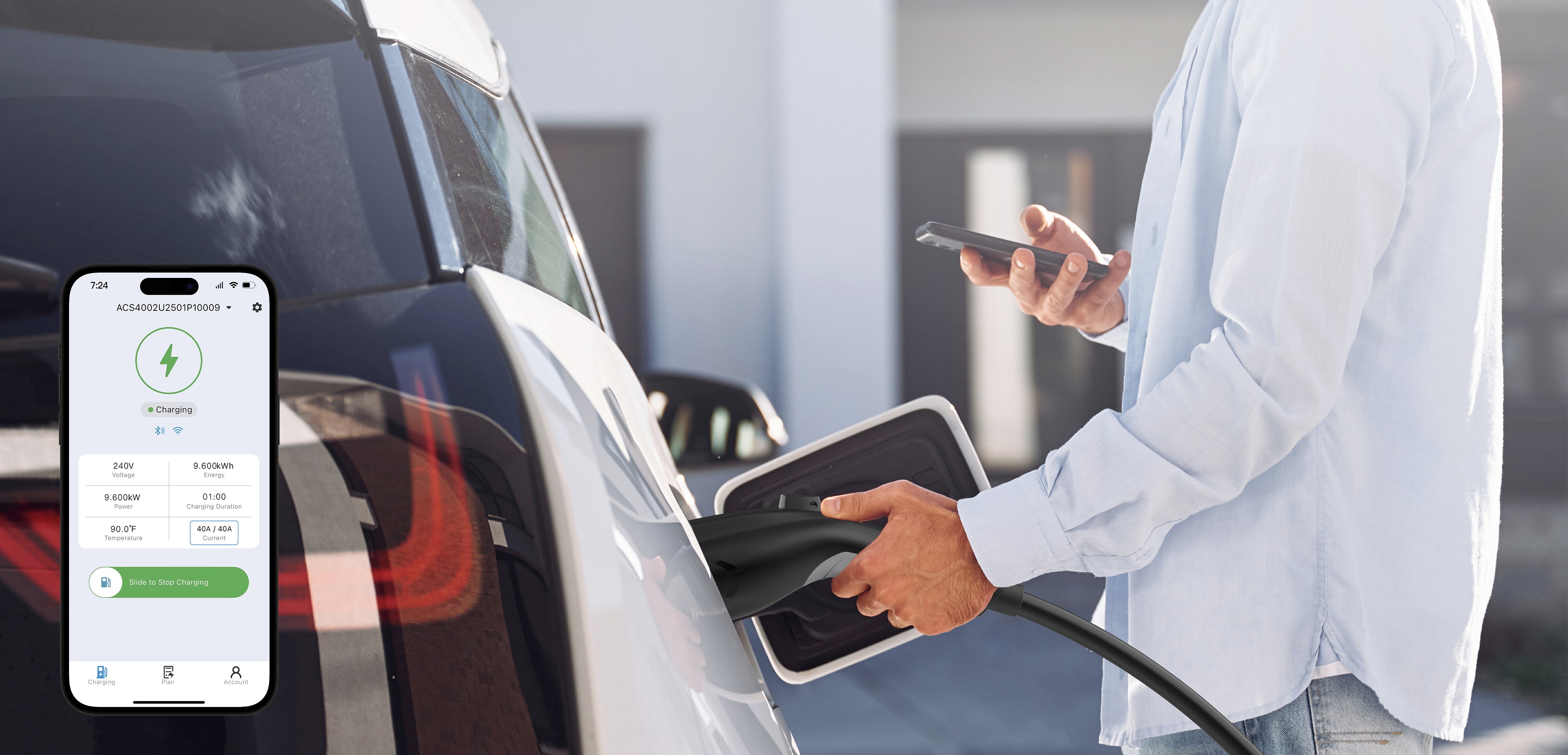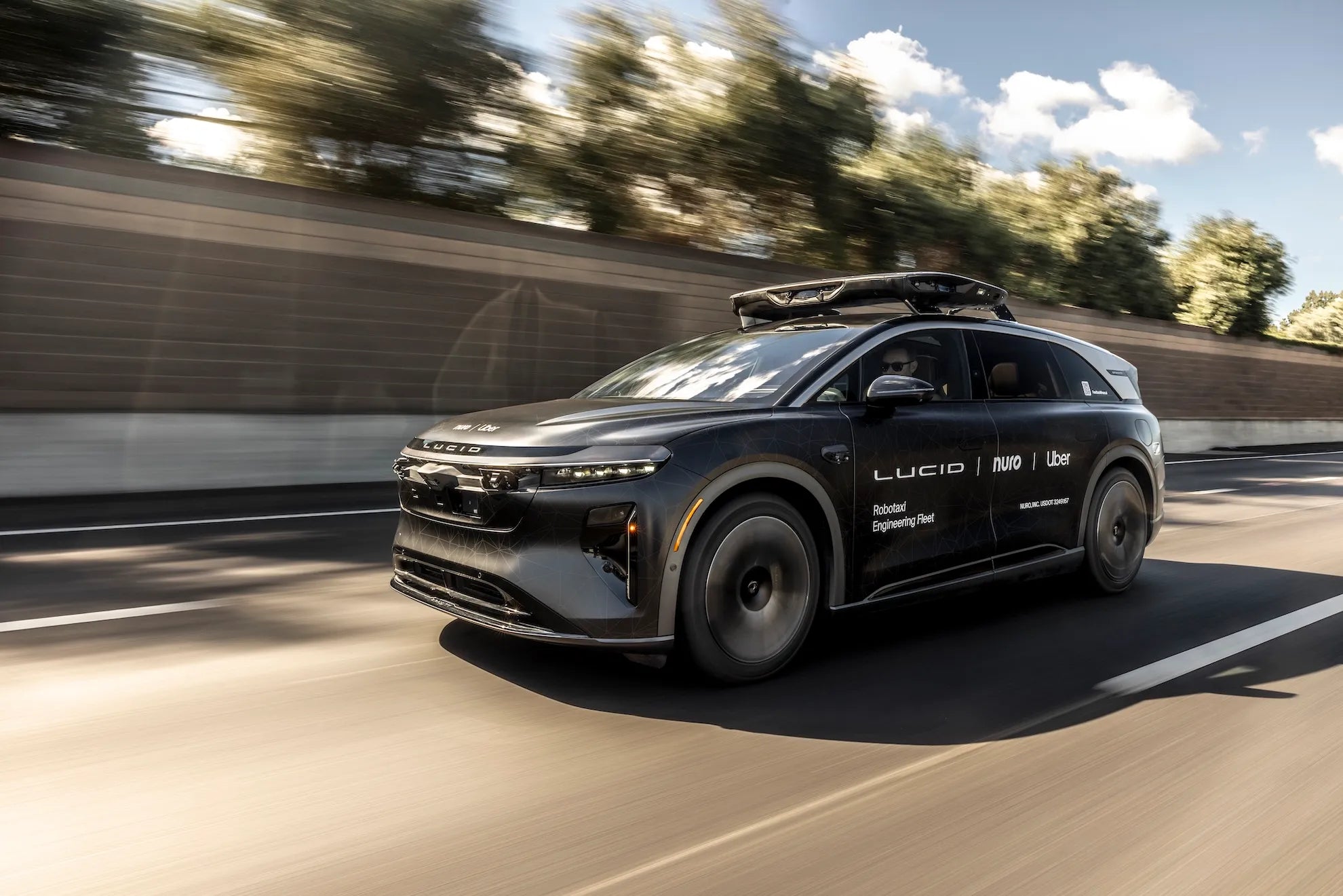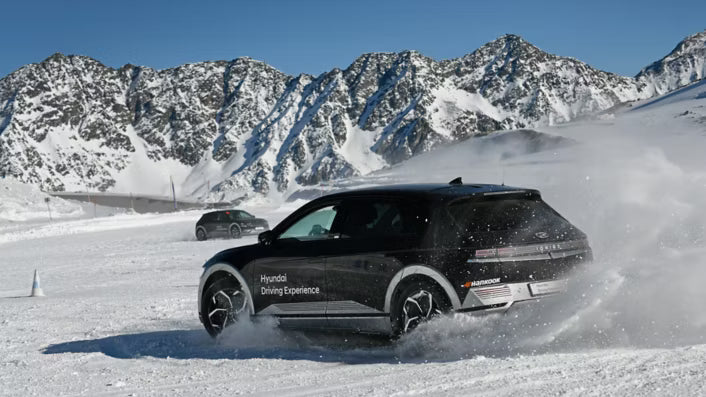Introduction
One of the first questions new electric vehicle (EV) owners ask is: Where should I charge my car — at home or at public stations? The answer isn’t always straightforward. Home charging offers convenience and control, while public charging provides flexibility and speed. In this guide, we’ll compare both options in detail, highlighting the costs, practical benefits, and long-term considerations for beginners entering the EV world.
1. Understanding EV Charging Basics
-
Home Charging: Usually Level 1 (120V) or Level 2 (240V) installed at your residence. Charging speed depends on amperage, but overnight charging is common.
-
Public Charging: Found in cities, highways, and retail areas. Options include Level 2 stations and DC fast chargers (Level 3), capable of delivering up to 350 kW.
Each method has unique advantages depending on driving habits, housing situation, and budget.
2. Advantages of Home Charging
-
Convenience: Plug in overnight, wake up to a full battery.
-
Lower cost per kWh compared to many public charging networks.
-
Control over charging schedule — many EVs and smart chargers allow setting off-peak hours for cheaper rates.
-
Long-term savings — once installed, a Level 2 charger can pay for itself through reduced reliance on public charging.
-
Safety and reliability — no waiting for an available charger.
3. Disadvantages of Home Charging
-
Upfront installation costs: $500–$2,000 depending on electrical panel upgrades.
-
Limited for apartment/condo dwellers without dedicated parking.
-
Slower than fast charging — even Level 2 takes several hours.
-
Electricity rate dependency — high peak-hour rates can offset savings.
4. Advantages of Public Charging
-
Fast charging availability — DC fast chargers can add 200+ miles in under 30 minutes.
-
Essential for long trips beyond daily commuting range.
-
Growing infrastructure — networks like Tesla Supercharger, Electrify America, and ChargePoint expand monthly.
-
Flexibility for urban drivers without home charging access.
-
Occasional free charging at workplaces, malls, or hotels.
5. Disadvantages of Public Charging
-
Higher cost per kWh — sometimes double or triple home electricity rates.
-
Station availability — broken or busy chargers can cause delays.
-
Inconsistent speeds — advertised vs. actual charging rate may differ.
-
Time spent waiting — even fast charging requires planning stops.
-
Membership or app hassle — different networks require different accounts/cards.
6. Cost Comparison: Home vs Public
-
Home Charging (U.S. average electricity $0.16/kWh):
A 60 kWh battery costs ~$9.60 for a full charge (~250 miles). -
Public DC Fast Charging (~$0.40–$0.55/kWh):
The same 60 kWh battery costs ~$24–$33 for a full charge.
For daily commuting, home charging is dramatically cheaper. Public charging is best reserved for road trips or emergency needs.
7. Lifestyle Considerations
-
Home charging suits you if:
-
You own your residence with dedicated parking.
-
You drive predictable daily distances.
-
You value cost savings and overnight convenience.
-
-
Public charging suits you if:
-
You live in an apartment or urban setting.
-
You drive long distances regularly.
-
You want access to high-speed charging infrastructure.
-
8. Environmental & Grid Impact
-
Charging at home during off-peak hours helps stabilize the grid and reduces carbon intensity.
-
Public fast charging often coincides with peak hours, sometimes using dirtier electricity sources.
-
Smart home chargers and vehicle-to-grid (V2G) technology are expanding options for sustainable charging.
9. Hybrid Approach: The Best of Both Worlds
Most EV owners combine both methods:
-
Home for 80–90% of charging (daily commutes, overnight).
-
Public for 10–20% (road trips, emergencies, or when away from home).
This hybrid approach balances convenience, cost, and flexibility.
10. Final Verdict for New EV Owners
For most new EV owners, home charging is the best long-term solution. It is cheaper, more convenient, and supports everyday needs. However, public charging is essential for road trips, renters, and apartment dwellers. Ideally, plan for a mix of both: invest in a home charger if possible, while familiarizing yourself with public charging networks for added flexibility.








Share:
🚗 Should I Lease or Buy an EV in 2025? Financial Tips for First-Timers
🔌 Best Wall Outlet Types for EV Charging: NEMA 5-15, 6-20, 14-50 Compared